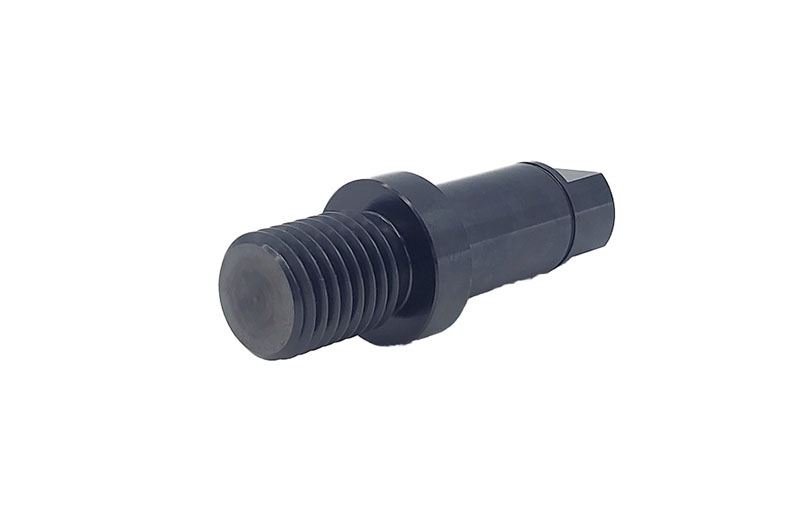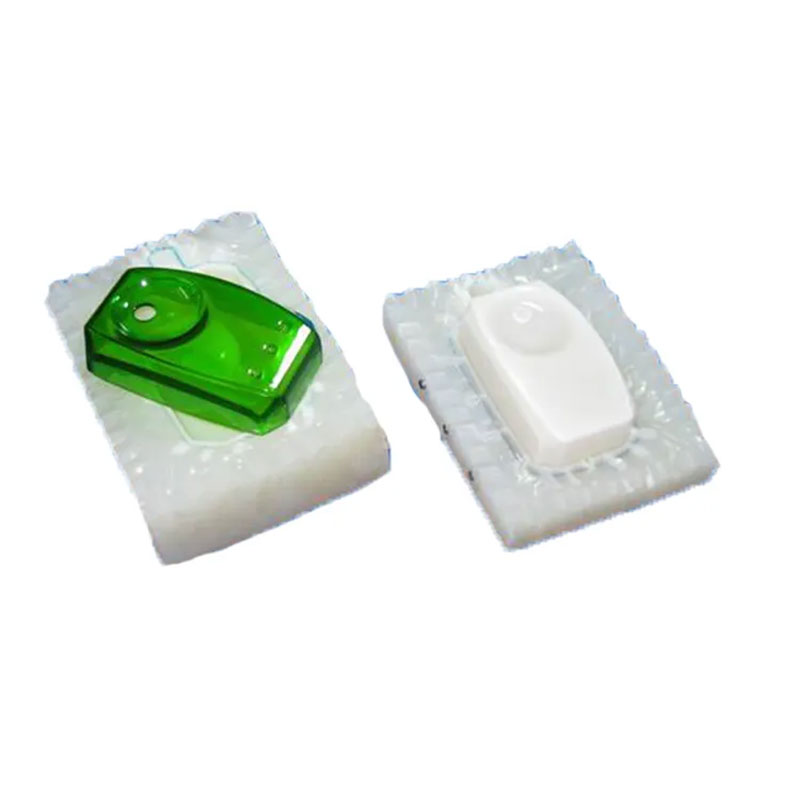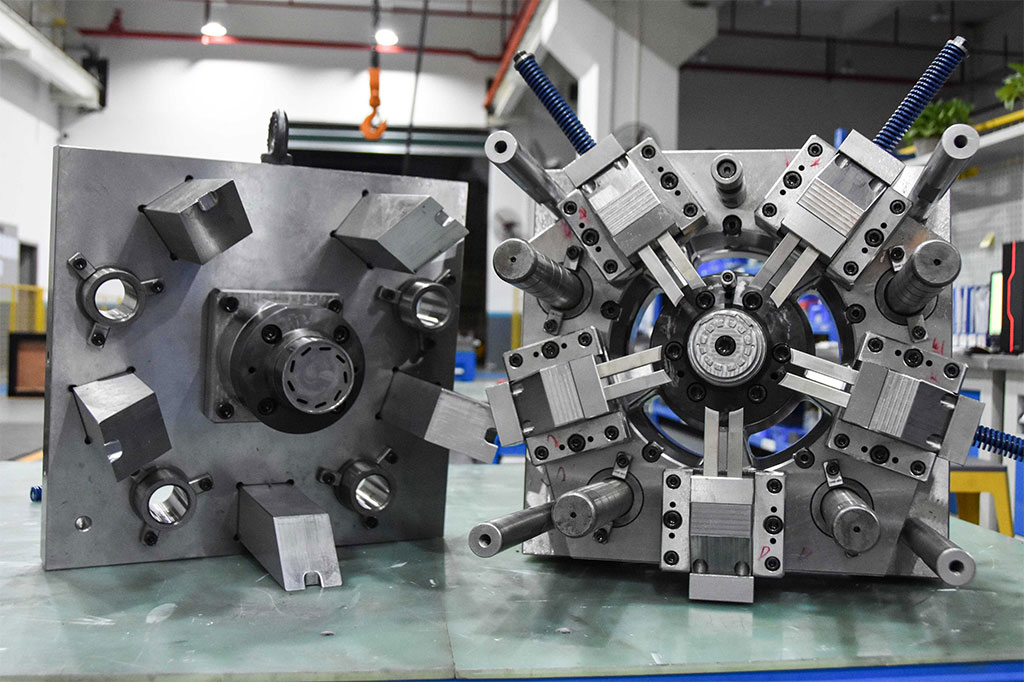Manufacturers often employ various techniques in machining precision shafts to achieve preferred tolerances and surface finish. Here are common shaft manufacturing processes.

CNC Turning
This process is ideal for machining cylindrical turned parts such as precision shafts. The CNC machine spins the shaft attached to the chuck while the cutting tool removes excess material from its surface. CNC turning provides the required diameter and surface finish for machined shafts. More importantly, CNC turning is your go-to option for high-volume production situations when you need to produce many shafts quickly.
CNC Milling
Milling is an efficient technique of cutting a blank with rotating cutters to fabricate features such as splines, flats, and keyways on the surface of the precision shafts. The process involves cutting the stationary shaft into desired shapes and sizes with rotating multi-point tools.
CNC Grinding
Precision CNC grinding is a machining technique that utilizes an abrasive spinning wheel to smoothen the surface of machined shafts, ensuring the shafts meet the preferred dimensions and tolerances. This process works similarly to CNC machining, although it doesn’t use a cutting tool. Here, a rotary grinding wheel engages the surface of the shaft to shape it.
CNC Drilling
The CNC drilling process helps machine holes and channels across precision shafts, allowing gears to attach to the shaft. This technique creates grooves of varying diameter and depth, allowing the machined shaft to function as expected. Drilling is not expensive and more straightforward than other techniques.
EDM (Electrical Discharge Machining)
Electrical discharge machining is an assisted technique for machining precision shafts. It uses electricity to cut the workpiece blank by vaporizing it. EDM is used to cut out small features from metal materials. More so, EDM is an efficient technique for fabricating intricate features in solid machined shafts.


